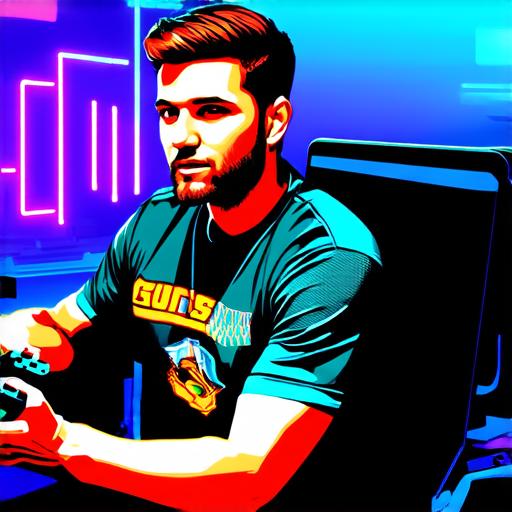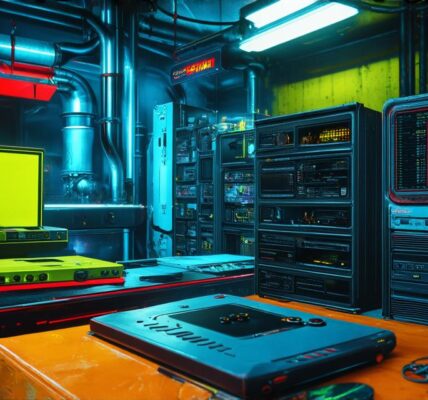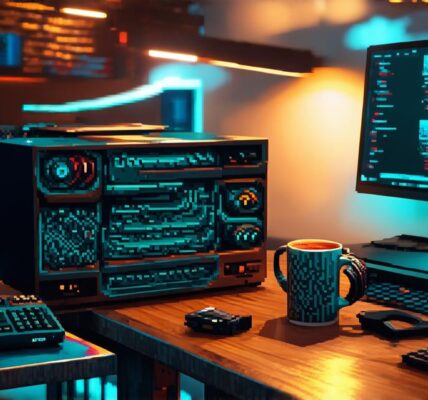Introduction
The world of online gaming has grown tremendously in recent years, with millions of people from all over the world connecting and playing games together. For video game developers, creating an online game can be a challenging but rewarding experience that offers players endless opportunities for fun and excitement. However, making a video game online requires careful planning, execution, and optimization to ensure that it is engaging, accessible, and profitable. In this article, we will explore the various steps involved in creating an online video game and provide practical tips and best practices for developers to follow.
Step 1: Define Your Game Concept
Before you start designing your game, it’s crucial to have a clear idea of what you want to create. This includes identifying the genre, target audience, and unique selling points that will set your game apart from others in the market. For example, if you’re creating an action-packed first-person shooter, you’ll need to focus on developing engaging gameplay mechanics, captivating visuals, and intuitive controls.
On the other hand, if you’re targeting casual players with a mobile-based puzzle game, you’ll need to prioritize simplicity, addictive gameplay, and social sharing features that allow players to compete with friends and share progress on social media.

To ensure that your game concept is viable and has the potential to attract a large player base, it’s essential to conduct market research and analyze popular trends in online gaming. This can involve looking at competitor games, reviewing player feedback and reviews, and analyzing data on player behavior and preferences. By doing so, you can develop a game concept that resonates with your target audience and has the potential to succeed in the crowded online gaming space.
Step 2: Choose Your Game Engine
The next step in creating an online video game is selecting a game engine that meets your development needs and budget. A game engine is a software platform that provides developers with pre-built tools, assets, and libraries to create games quickly and efficiently. There are several popular game engines available, including Unity, Unreal Engine, and Construct 3.
Each game engine has its strengths and weaknesses, so it’s crucial to choose the one that best fits your development needs and goals. For example, Unity is a cross-platform game engine that supports both 2D and 3D game development, making it an ideal choice for developers who want to create games for multiple platforms, including PC, mobile, and consoles.
Unreal Engine, on the other hand, is a more advanced game engine that offers high-performance graphics, physics simulation, and AI capabilities, making it an excellent choice for developers creating complex, 3D action games or virtual reality experiences.
Step 3: Design Your Game Architecture
Once you’ve chosen your game engine, the next step is to design the architecture of your game. This involves creating a blueprint of how your game will function and what components it will require. A well-designed game architecture can help ensure that your game is scalable, efficient, and easy to maintain over time.
When designing your game architecture, it’s essential to consider the different components that will make up your game, such as character models, environmental assets, AI systems, and networking code. You’ll also need to determine how these components will interact with each other and how data will be transferred between players in real-time.
To ensure that your game architecture is robust and scalable, it’s recommended to use a modular approach that allows you to add or remove components as needed. This can help simplify the development process and make it easier to update and maintain your game over time.
Step 4: Develop Your Game Content
With your game architecture in place, the next step is to develop the content of your game. This includes creating assets such as character models, textures, animations, and sound effects, as well as writing code for gameplay mechanics, AI systems, and networking logic




